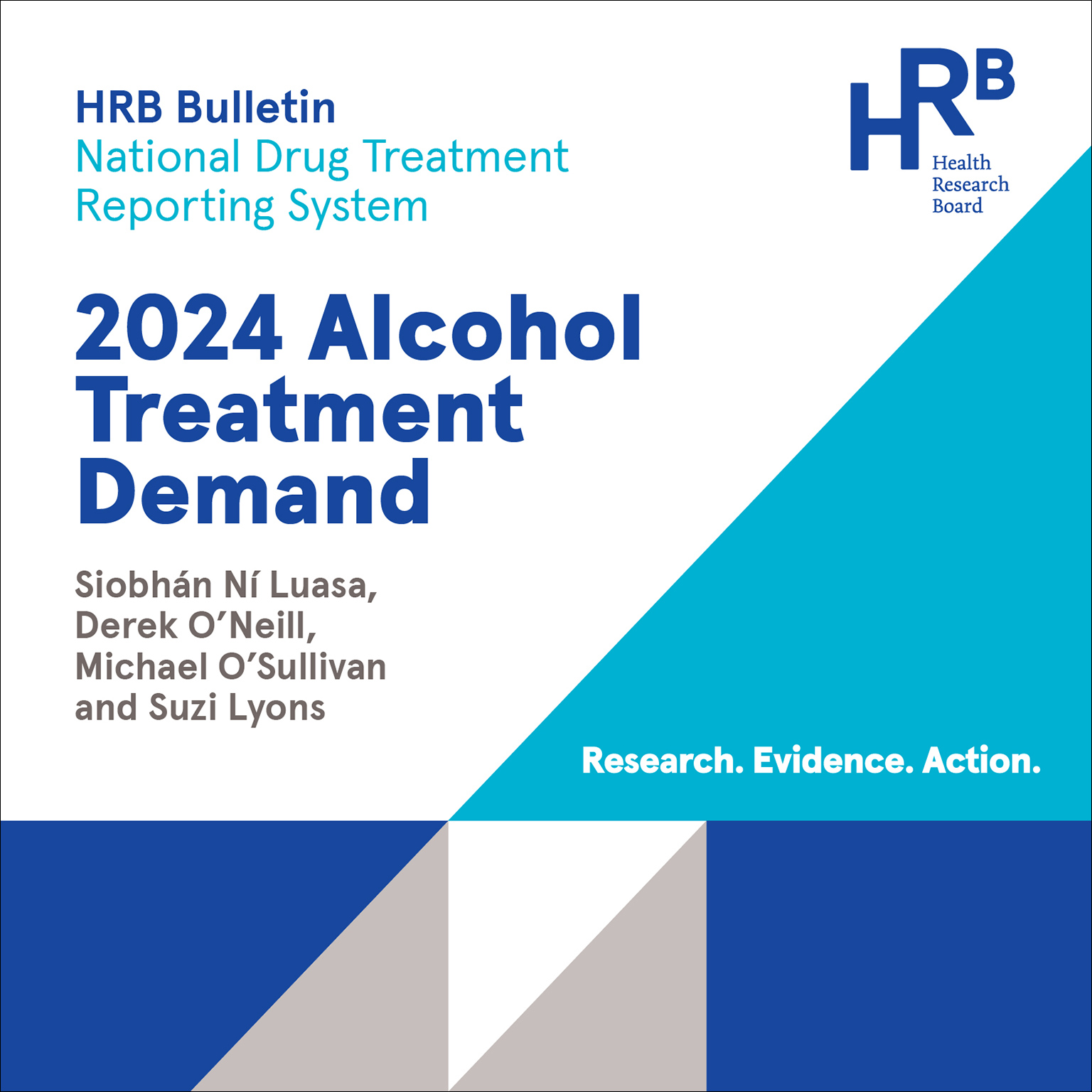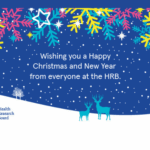HRB reports highest alcohol treatment figures in over 10 years
HRB also reports that the number of treatment cases using cocaine with alcohol trebled since 2017 (a 200% increase from 607 to 1,823)
4 min read - 31 Jul 2025

HRB’s latest figures show that 8,745 cases* were treated for problem alcohol use in Ireland in 2024, representing a 7% increase on 2023.
These figures also show that from 2017-2024, the proportion of alcohol dependent** treatment cases decreased from 72% to 56%.
In 2024, nearly one in three cases had a problem with other drugs as well as alcohol. Cocaine was the most common additional drug used alongside alcohol at 71%, with the proportion reporting cocaine as an additional drug increasing from 42% in 2017 to 71% in 2024.
Commenting on the report, HRB Chief Executive, Dr Mairéad O’Driscoll, said:
‘The latest HRB report shows that alcohol remains the drug that most people seek treatment for in Ireland, and that numbers continue to rise. The amount of people using cocaine with alcohol also continues to rise significantly.
‘Collating this information and identifying trends over time allows HRB to provide policy makers and service planners with the evidence they need to help reduce harm and provide the best treatment for people struggling with problem alcohol use.’
Dr Suzi Lyons, Senior Researcher at HRB, said:
‘While our latest HRB report shows the highest number of cases recorded in Ireland’s alcohol treatment figures in a decade, when we break these numbers down, the decrease in dependent drinkers seeking treatment is positive.
‘This is because we now know that more people are accessing treatment before they become alcohol dependent, which leads to better recovery and outcomes.’
On the increase of alcohol and cocaine being used together, Dr Lyons said:
‘The sustained rise in cases using cocaine with alcohol is a real concern. Mixing substances complicates treatment, can hinder recovery and can also be dangerous.
‘Alcohol and cocaine mixed together increases toxicity to major organs, leading to increased risk of stroke, heart attack, liver damage, violent behaviour, suicidal thoughts, sudden death and many other negative consequences.’
Who is drinking, and how much
The median age of alcohol treatment cases is 43 years old, and the majority (60%) are male.
Many, both men and women, drink more in a typical day than is recommended in a week. Almost half are unemployed, and 8% are homeless.
Since 2017, among those who consumed alcohol in the 30 days prior to treatment, one in two drank daily during this time.
Other drugs used with alcohol (polydrug use)
In 2024, polydrug use was reported by almost one third of alcohol treatment cases. After cocaine (71%) , the most common additional drugs used alongside alcohol were cannabis at 49%; benzodiazepines at 18%; and opioids at 10%.
ENDS
For more information or interviews, please contact:
Suzanne Kenny, Communications Officer, Health Research Board
e skenny@hrb.ie m 085 850 0494
NOTES FOR EDITORS
Health Research Board (HRB) is Ireland’s lead funding agency supporting innovative health research and delivering data and evidence that improves people’s health and patient care. We are committed to putting people first, and ensuring data and evidence are used in policy and practice to overcome health challenges, advance health systems, and benefit society and economy.
2024 Alcohol Treatment Demand is the latest annually updated bulletin from HRB’s National Drug
Treatment Reporting System (NDTRS) on cases of treated problem alcohol use in Ireland. It covers the eight-year period of 2017-2024. The information assists policy makers, service planners and public health practitioners to develop appropriate responses to problem alcohol use.
*Case: refers to a treatment episode and not one person. This means the same person could be counted more than once in a calendar year if they had more than one treatment episode that year.
** Dependent drinking: this involves a cluster of behavioural, cognitive, and physiological symptoms. Typically, includes a strong desire to consume alcohol, impaired control over its use, persistent drinking despite harmful consequences, a higher priority given to drinking than to other activities and obligations, increased alcohol tolerance. Also, notably, a physical withdrawal reaction when alcohol use is discontinued.
Further reading on HRB’s work in drugs and alcohol
Drug treatment demand in Ireland 2024 is the latest annually updated bulletin from the HRB’s National Drug Treatment Reporting System (NDTRS) on cases of treated problem drug use (excluding alcohol) in Ireland. It also covers the eight-year period of 2017-2024.
Publication: Alcohol treatment demand 2024
Video - Key messages
Físéan: As Gaeilge
4 min read - 31 Jul 2025



